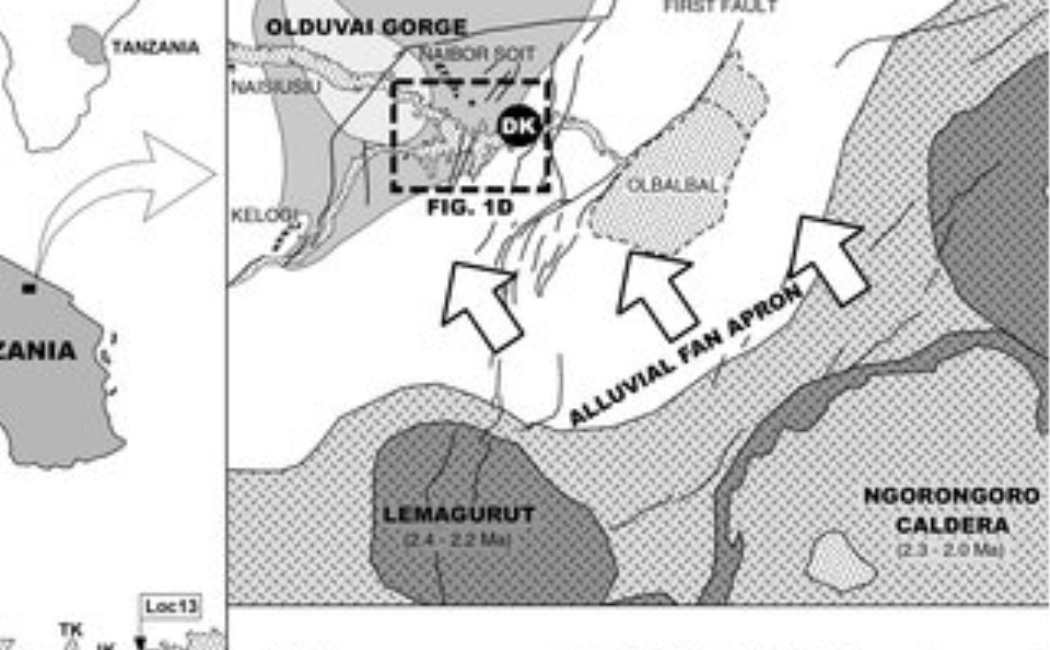.jpg?sfvrsn=1a62d0cb_0)
.jpg?sfvrsn=1a62d0cb_0)

Human evolution in the context of the Olduvai Basin was encapsulated in seminal volumes by Professors Richard Hay (1976) and Mary Leakey (1971). The basin’s contained record of hominin evolution from Australopithecus through the various human species (H. habilis, H. erectus, H. sapiens) and their associated tool technologies has subsequently provided a yardstick against which other hominin evolutionary records in East Africa and the rest of the world are judged. Little changed in regard of that record into the 21st Century, but during the last five years a quantum leap in our understanding has resulted from the drilling of four boreholes at three sites within the poorly known basinal depocentre. Various studies have spawned off the drilling results. The key has been the application of the multidisciplinary analytical approach. Two examples are given, one on the basinal scale, one on the scale of our earliest ancestor, Homo habilis.
On the basinal scale applications of drilling and active seismic surveying have entirely transformed our understanding of the basin and its evolution. Deep drilling revealed that the known Olduvai stratigraphy at outcrop could be more than doubled in thickness, to a new range of 0 to 2.4 Ma down to the very limits of our genus Homo. Active seismic studies imply that the basin was active as early as about 4 Ma, when our forerunner, Australopithecus afarensis ranged across its landscape. The depository is now viewed as much larger than previously perceived, encompassing both the Laetoli and Olduvai Basins.
On the smaller scale, the earliest record of Homo at Olduvai is at the DK site, where a bone and tool assemblage was located by Leakey at a level partly on river sand and neighbouring basalt surfaces. Anomalously human bones of H. habilis were found 30 to 50 cm higher in the stratigraphy. Sedimentary, archaeological, palaeobiological and taphonomic reanalysis of the site shows that the assemblage was situated near an ephemeral river pool, but was impacted and engulfed by a lahar (volcanic mudflow) sourced from Ngorongoro Volcano. The skeletal material was entrained by and lifted into the lahar, explaining its anomalous position.